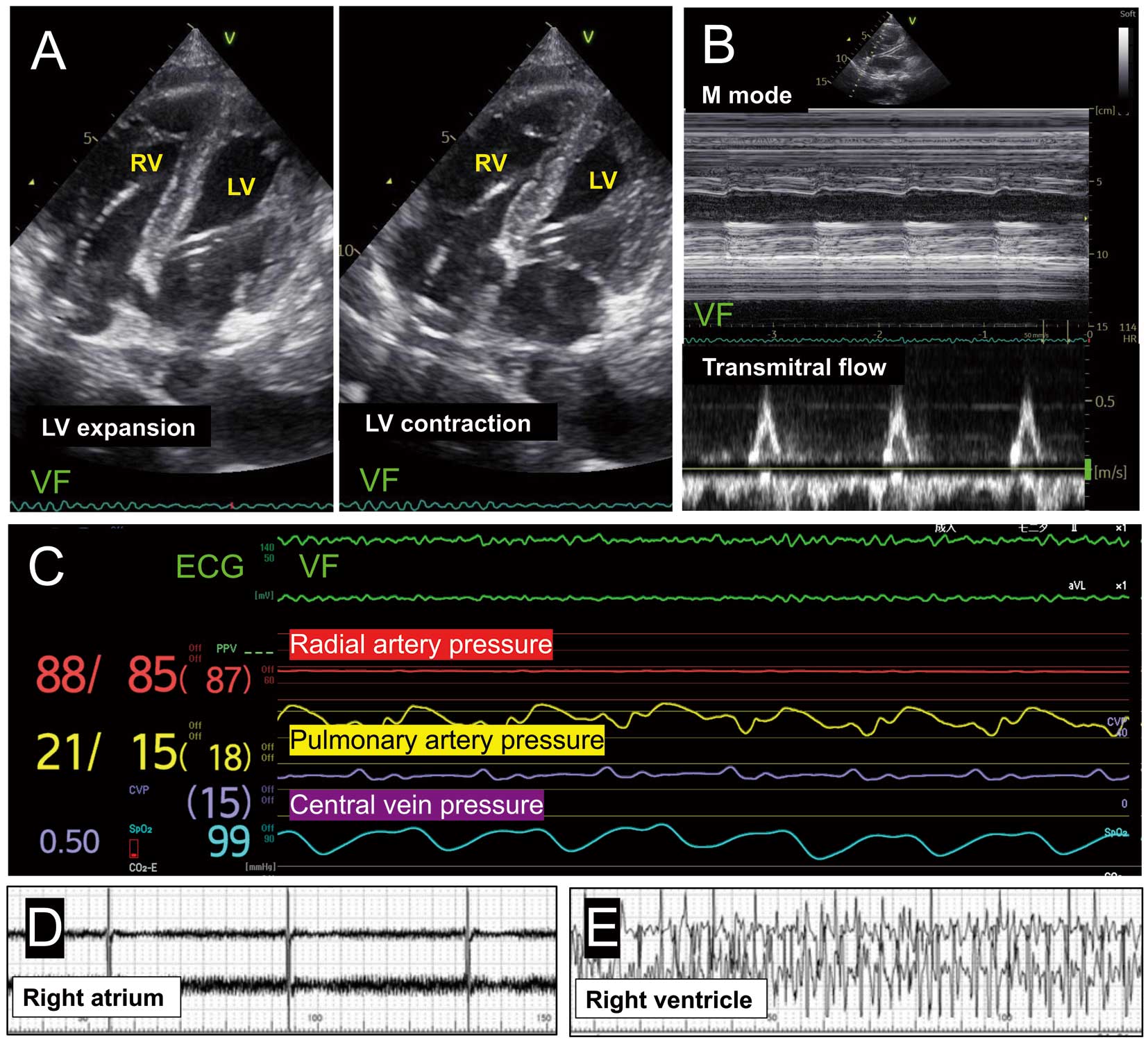- J-STAGE home
- /
- Circulation Journal
- /
- Volume 88 (2024) Issue 4
- /
- Article overview
- /
- Full view
-
Shigehiro Miyazaki
Department of Cardiology, Pulmonology, Hypertension, and Nephrology, Ehime University Graduate School of Medicine [Japan]
-
Haruhiko Higashi
Corresponding author
Department of Cardiology, Pulmonology, Hypertension, and Nephrology, Ehime University Graduate School of Medicine [Japan]
-
Yasushi Takasaki
Department of Anesthesia and Perioperative Medicine, Ehime University Graduate School of Medicine [Japan]
-
Toru Miyoshi
Department of Cardiology, Pulmonology, Hypertension, and Nephrology, Ehime University Graduate School of Medicine [Japan]
-
Kazuhisa Nishimura
Department of Cardiology, Pulmonology, Hypertension, and Nephrology, Ehime University Graduate School of Medicine [Japan]
-
Katsuji Inoue
Department of Cardiology, Pulmonology, Hypertension, and Nephrology, Ehime University Graduate School of Medicine [Japan]
-
Shuntaro Ikeda
Department of Cardiology, Pulmonology, Hypertension, and Nephrology, Ehime University Graduate School of Medicine [Japan]
-
Osamu Yamaguchi
Department of Cardiology, Pulmonology, Hypertension, and Nephrology, Ehime University Graduate School of Medicine [Japan]
Supplementary material
2024 Volume 88 Issue 4 Pages 613-
- Published: March 25, 2024 Received: December 01, 2023 Released on J-STAGE: March 25, 2024 Accepted: December 31, 2023 Advance online publication: January 31, 2024 Revised: December 26, 2023
(compatible with EndNote, Reference Manager, ProCite, RefWorks)
(compatible with BibDesk, LaTeX)


